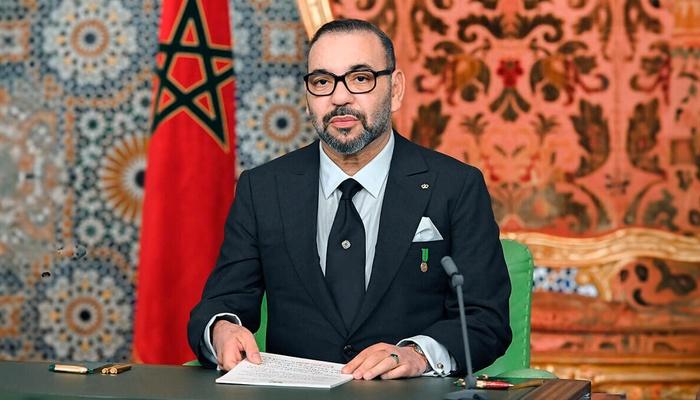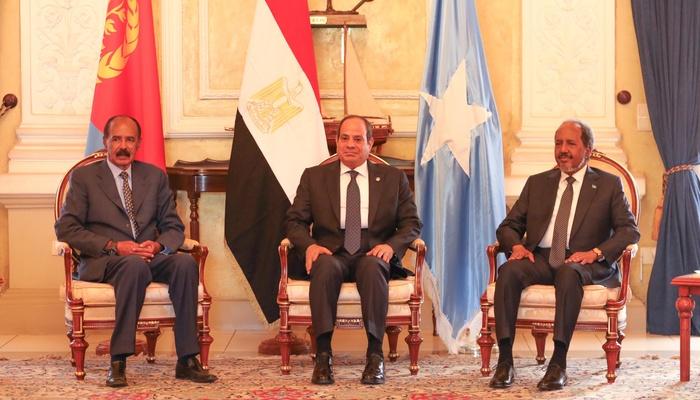The Belt and Road Summit
On the last 15 the May, China held in Beijing the first international summit on the Belt and Road Initiative, confirming its commitment in becoming the new main promoter of globalization and in sustaining the boost of international trades and exchanges. Announced at Davos Forum on 18th January, the event was attended by the leader of 68 among Asian, European and African countries, in order to discuss plausible ways to enhance cooperation for effectively implementing OBOR project. Leaders agreed on cooperating for a better multidimensional interconnection between the areas concerned, that includes roads, railways, ports, maritime and inland water transport, aviation, energy pipelines, electricity, fiber optic (also trans-oceanic cable), ITC technology and interconnected multimodal corridors (such as a new Eurasian Land Bridge, Northern Sea Route, the East-West Middle Corridor etc.). China’s bet on the project has been confirmed by Xi Jinping’s announcement of new funds for the initiative, that now amount to 113 billion of dollars, coming from the Silk Road Fund (14,49 billion $), different Chinese banks (43,48 billion $), the China Development Bank (36,23 billion $), the Export-Import Bank (18,8 billion $) and other sources still unknown. The commitment to host a second Summit in 2019 shows the common will to start to face the challenges that still remain for effectively implement the initiative. Despite the goodwill, some uncertainties still remain. First of all, the delivering of the aforementioned funds is still unclear. It could mean that, even if there is the commitment to invest, the real feasibility of all the different projects will be seen in the next months or years. Moreover, despite the broad audience, the absence of the major part of European leaders underlined as OBOR is still a controversial proposal inside the European Union and that just few countries, among which Italy, are taking a clear position on China’s initiative. As it is one of the most developed area included in OBOR, EU represents not only a physical point of arrival for the new silk roads but also an essential partner for exchanging high-qualities goods and expertise with Chines realities.









